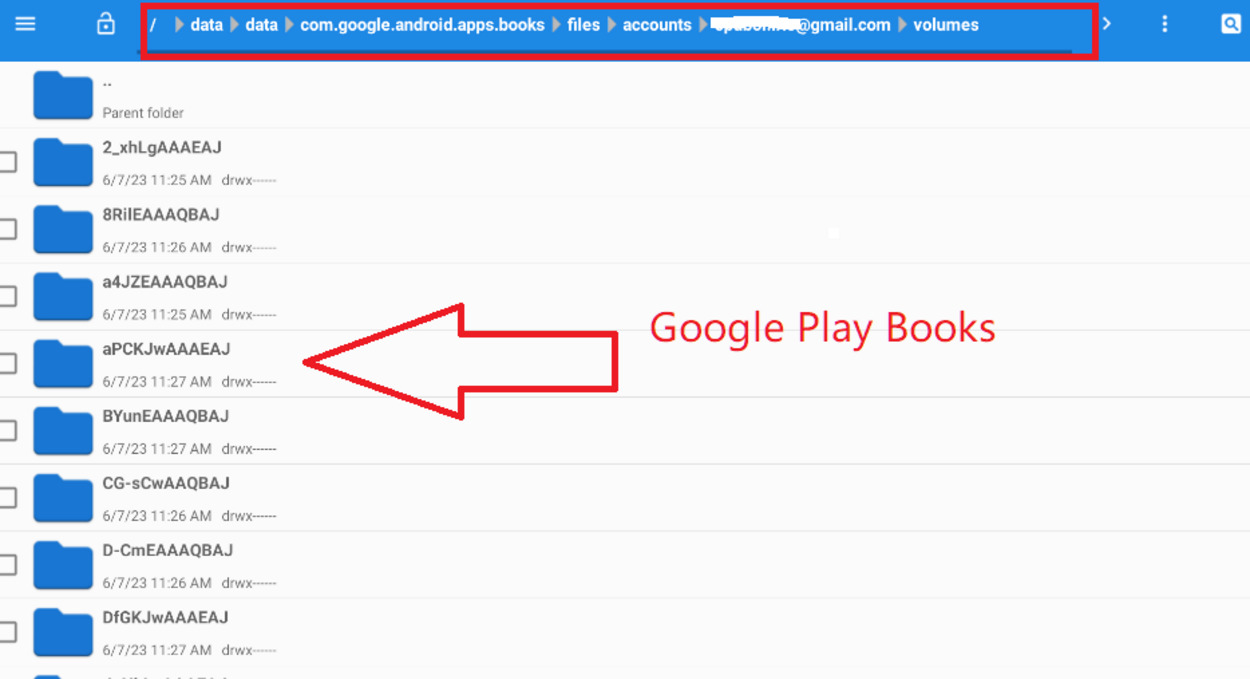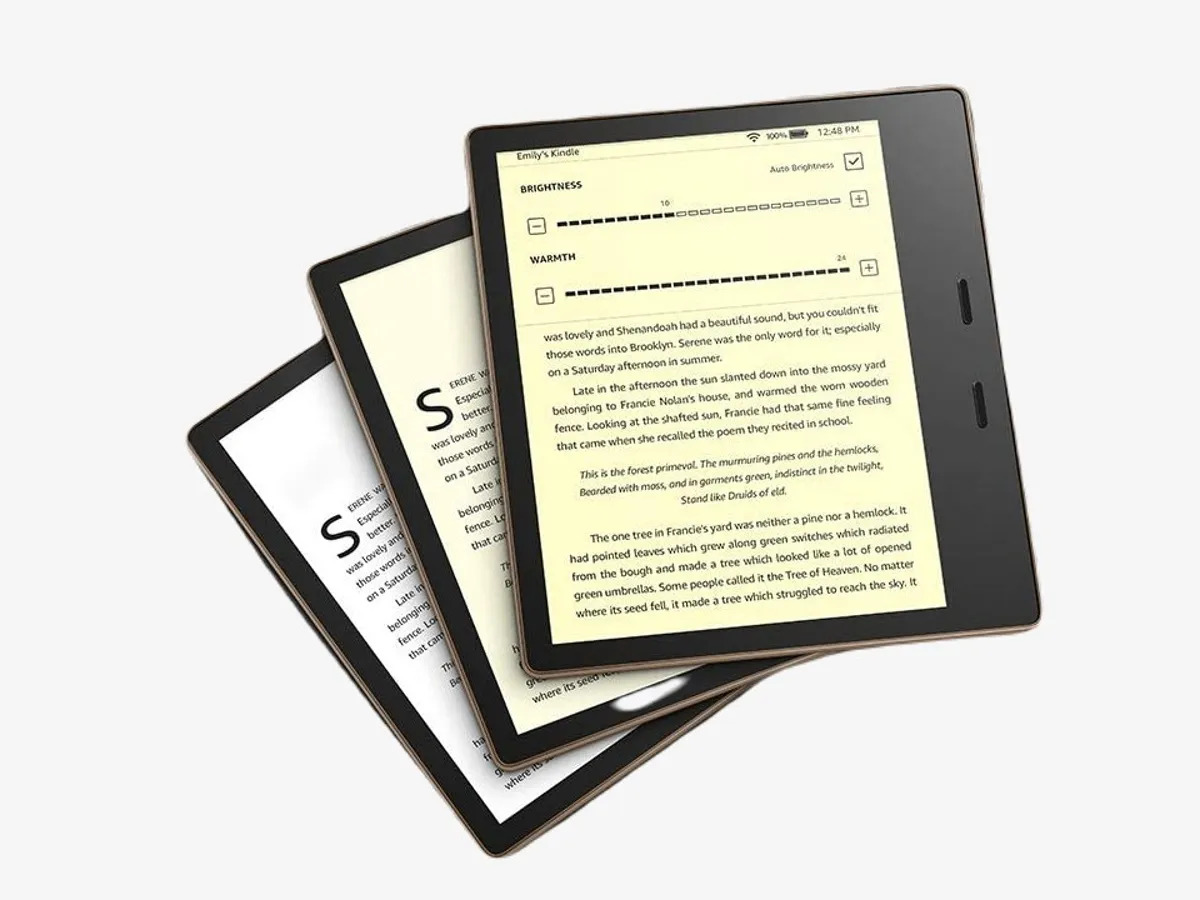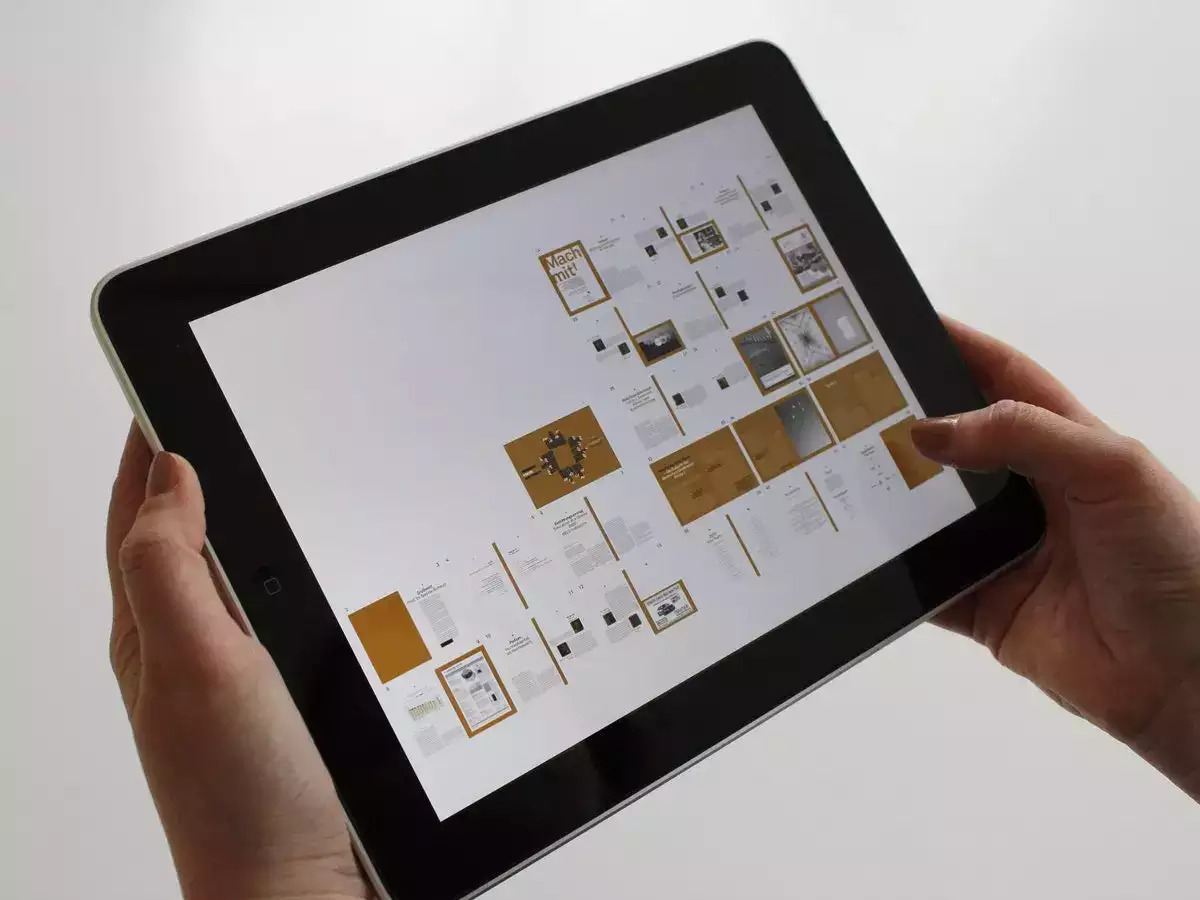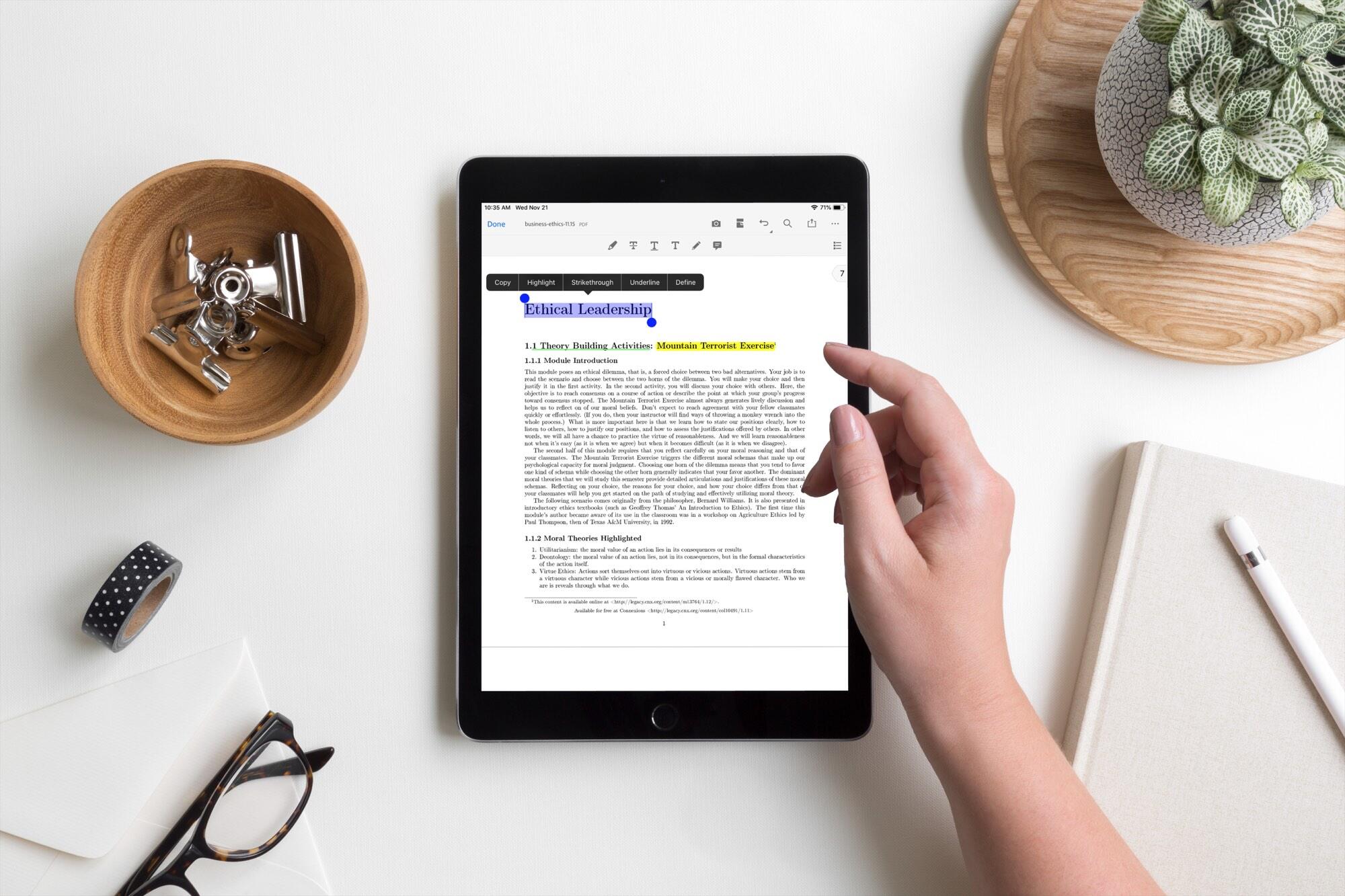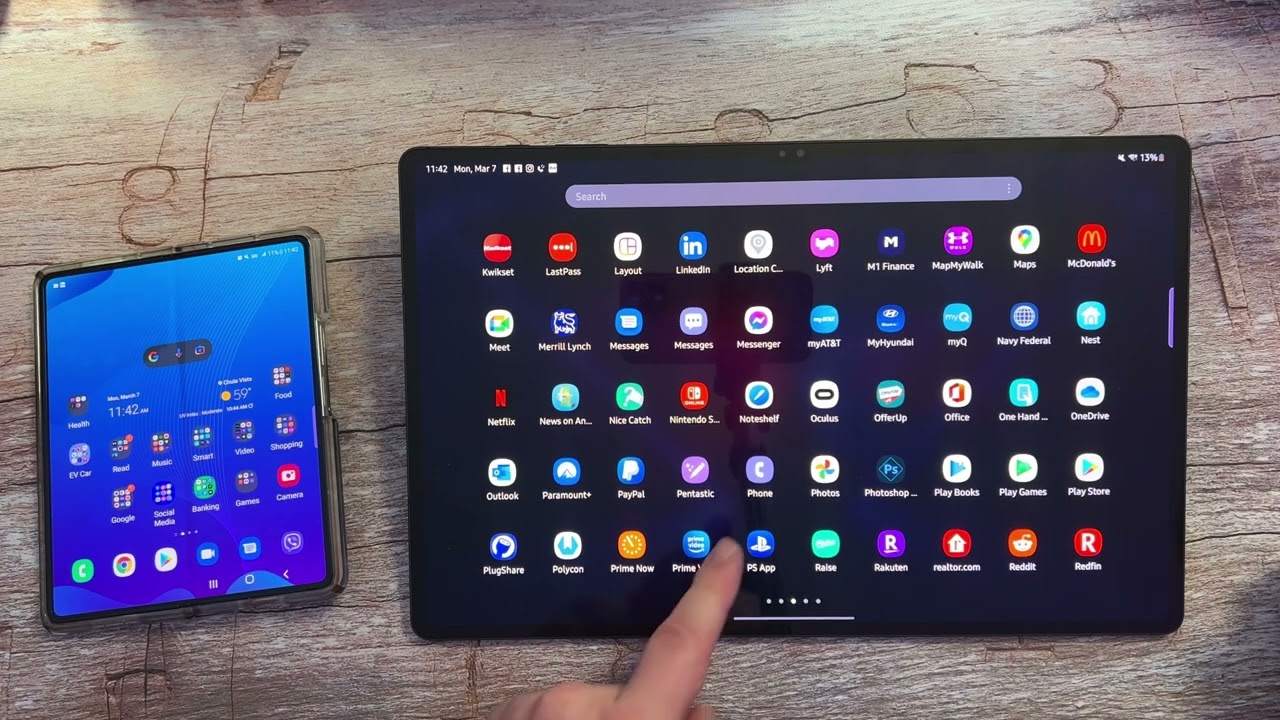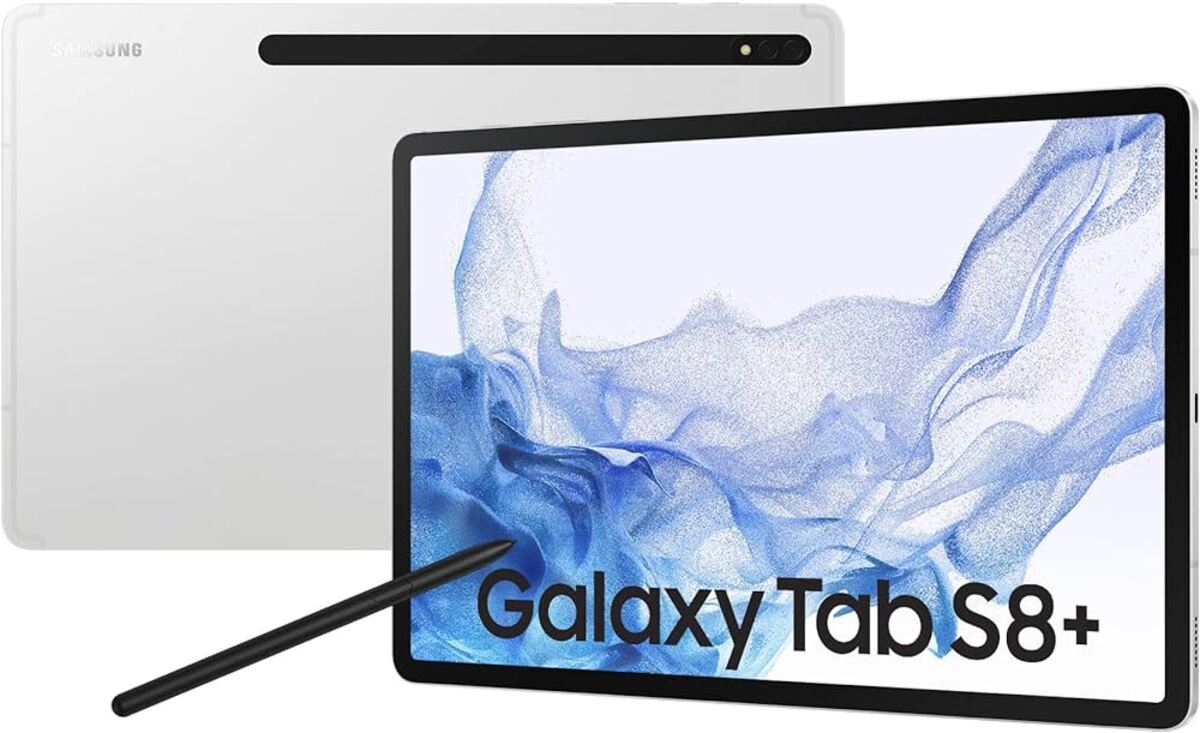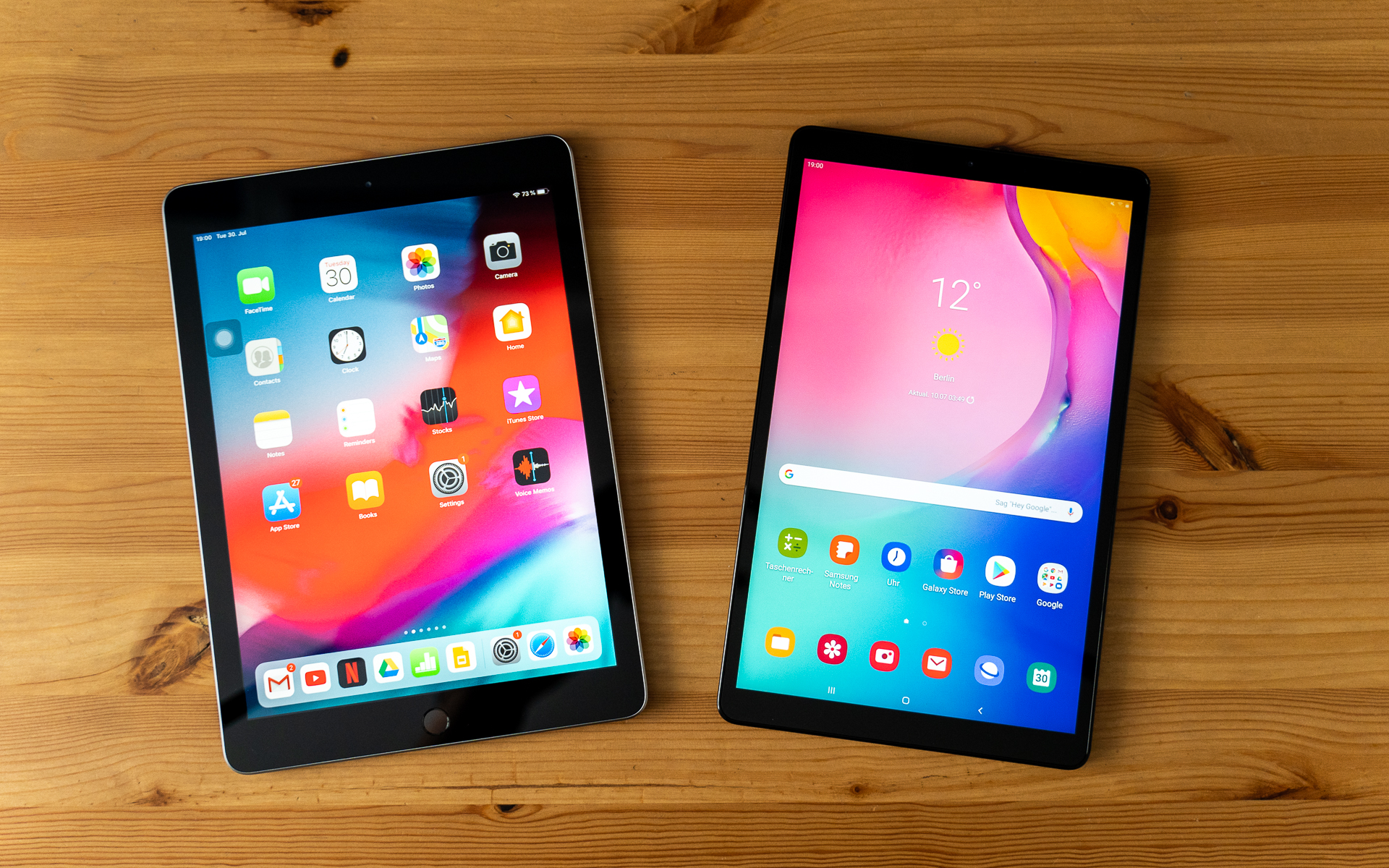Introduction
Welcome to the world of digital reading! With the advent of technology, traditional books are now available in digital format, bringing the joy of reading right to your fingertips. If you own a Samsung tablet, you can easily access and store your favorite books for on-the-go reading.
In this article, we will explore how to access and manage your book collection on a Samsung tablet. Whether you prefer e-books, audiobooks, or PDFs, we’ve got you covered. So, let’s dive in and find out where books are stored on your Samsung tablet!
As an avid reader, having a well-organized library of books is crucial for a hassle-free reading experience. The ability to access your books quickly and efficiently can make all the difference in your reading pleasure. That’s why understanding where your books are stored on your Samsung tablet is essential.
Before we get into the specifics, it’s important to note that Samsung tablets usually come with internal storage and the option to expand it using a microSD card. This allows you to store a vast collection of books without worrying about running out of space.
How to access the books on your Samsung Tablet
Accessing your books on a Samsung tablet is a straightforward process. By using dedicated e-book reader apps or file managers, you can easily navigate through your collection and start reading in no time. Here is a step-by-step guide:
- Install a dedicated e-book reader app: The first step is to choose and install an e-book reader app from the Google Play Store. There are several popular options available such as Kindle, Google Play Books, and Adobe Reader. These apps offer a user-friendly interface and support a wide range of e-book formats.
- Launch the e-book reader app: Once the app is installed, open it on your Samsung tablet. You will typically be prompted to sign in or create an account if you are using a specific platform like Amazon Kindle. Follow the on-screen instructions to set up your account.
- Add your books to the library: After setting up the app, you can start adding your books to the library. Depending on the app, you may have various options to import your books. You can either download e-books directly from online stores or transfer them from your computer via USB or Wi-Fi.
- Browse and access your books: Once your books are added to the library, you can browse through them using the app’s interface. Most e-book reader apps offer features like personalized recommendations, search functionality, and the ability to organize your books into categories or collections. Simply tap on a book to start reading!
Alternatively, if you have books in other formats such as PDFs or audiobooks, you can access them using a file manager app. Samsung tablets usually come with a built-in file manager or you can download one from the Google Play Store. With a file manager, you can navigate to the folder where your books are stored and open them with the respective apps.
Now that you know how to access your books, let’s uncover where they are stored on your Samsung tablet!
Where are books stored on the Samsung tablet?
When it comes to storing books on your Samsung tablet, there are two primary locations where they can be saved: the internal storage and the SD card (if available). Let’s take a closer look at each:
Internal storage: By default, most e-book reader apps store downloaded or purchased books on the internal storage of your Samsung tablet. The exact location may vary depending on the app, but generally, the books are stored in a folder dedicated to the particular app. For example, if you’re using the Kindle app, the books may be saved in a folder called “Kindle” or “Books” within the internal storage.
If you’re unsure about the location of the books, you can use a file manager app to explore the internal storage of your Samsung tablet. Look for a folder related to your e-book reader app and navigate through its subfolders to find your books.
SD card: If your Samsung tablet has an SD card slot and you’ve inserted an SD card, you can choose to store your books directly on the SD card instead of the internal storage. This can be useful if you have a large collection of books that consume a significant amount of storage space.
To store books on the SD card, you’ll need to configure your e-book reader app accordingly. Most apps have options in their settings menu that allow you to select the storage location for downloaded books. Simply choose the SD card as the preferred storage location, and any new books you download or purchase will be saved there.
It’s worth noting that not all e-book reader apps support saving books directly to the SD card. In such cases, you can still transfer your books manually from the internal storage to the SD card using a file manager app.
Remember to regularly back up your books, especially if you’re storing them on the internal storage. In case of any device issues or accidental deletion, having a backup ensures that you don’t lose your precious book collection.
Now that you know where your books are stored on your Samsung tablet, let’s explore how to access them in more detail.
Accessing books stored internally on the tablet
If your books are stored on the internal storage of your Samsung tablet, accessing them is a breeze. Here’s how you can do it:
- Open your e-book reader app: Launch the e-book reader app that you installed on your Samsung tablet.
- Navigate to your library: Once the app is open, you will typically be taken to your library or bookshelf, where all your downloaded or purchased books are displayed.
- Browse and select a book: Scroll through your collection to find the book you want to read. Many e-book reader apps provide various sorting and filtering options to help you locate your desired book quickly.
- Tap on the book: Once you’ve found the book, simply tap on it to open and start reading. The e-book reader app will display the book’s cover and allow you to customize the reading experience with features like font size, font style, and background color.
- Enjoy your reading: Sit back, relax, and enjoy reading your book on your Samsung tablet. You can swipe or scroll through the pages, bookmark your progress, highlight passages, or even make notes depending on the features provided by the e-book reader app.
It’s important to keep your e-book reader app updated to ensure a smooth and optimized reading experience. Check for updates regularly in the Google Play Store to make sure you have the latest features and bug fixes.
If you have a large collection of books, you may want to organize them into categories or collections within the e-book reader app. This can help you quickly find specific genres, authors, or series. Most apps allow you to create custom collections or use pre-defined categories for easy organization.
Remember, the internal storage of your Samsung tablet has limited capacity, so it’s a good practice to periodically review and remove books you no longer need to free up space for new additions.
Now that you know how to access books stored on the internal storage of your Samsung tablet, let’s explore how to access books stored on the SD card (if available).
Accessing books stored on the SD Card
If the books on your Samsung tablet are stored on the SD card, accessing them is slightly different from accessing books stored on the internal storage. Follow these steps:
- Ensure the SD card is inserted: Make sure that the SD card is properly inserted into the SD card slot of your Samsung tablet. If you haven’t inserted an SD card, you won’t be able to access books stored on it.
- Open your e-book reader app: Launch the e-book reader app that you installed on your Samsung tablet.
- Adjust the storage location: Go to the settings or preferences within the e-book reader app. Look for an option related to storage or storage location. From there, choose the SD card as the preferred storage location for your books.
- Refresh or rescan library: After setting the storage location to the SD card, you may need to refresh or rescan your library within the e-book reader app. This step allows the app to detect and display the books stored on the SD card.
- Browse and select a book: Once the library is refreshed, you can browse through your collection like before. The e-book reader app will now show books stored on both the internal storage and the SD card.
- Open and read a book: Tap on the book you want to read to open it. The e-book reader app will retrieve the book from the SD card and display it for you to enjoy reading.
It’s important to note that not all e-book reader apps support saving books directly to the SD card. If your preferred app doesn’t have this feature, you can still manually transfer your books from the internal storage to the SD card through a file manager app. Simply locate the book files in the internal storage, copy or move them to the SD card, and then open them with the e-book reader app.
Remember to properly eject the SD card from your Samsung tablet before physically removing it. This will prevent any data corruption or loss.
Now that you know how to access books stored on the SD card, let’s explore some tips for organizing and managing your book collection on your Samsung tablet.
Tips for organizing and managing your book collection on the Samsung Tablet
Organizing and managing your book collection can make finding and accessing your favorite reads easier and more enjoyable. Here are some tips to help you keep your book collection organized on your Samsung tablet:
- Create custom collections: Most e-book reader apps allow you to create custom collections or folders within your library. Organize your books based on genres, authors, series, or any other category that makes sense to you. This will help you quickly locate specific books within your collection.
- Use tags or labels: Some e-book reader apps offer tagging or labeling features. Take advantage of this to further categorize your books. You can tag books as “Favorites,” “To Read,” “Classics,” or any other relevant labels that suit your preferences.
- Utilize search functionality: When your collection grows, searching for a specific book becomes more efficient. Take advantage of the search functionality within your e-book reader app to quickly find books by title, author, or keywords.
- Remove unwanted books: Regularly review your book collection and remove books that you no longer need or wish to keep. This will free up storage space on your Samsung tablet and make it easier to find the books you actually want to read.
- Sync your library across devices: If you use the same e-book reader app on multiple devices, consider enabling synchronization. This will ensure that your book collection, reading progress, bookmarks, and notes are seamlessly synchronized across all your devices, allowing you to pick up where you left off.
- Back up your books: It’s always a good practice to back up your books, especially if you have a large collection. Consider using cloud storage services or external storage options to create backups of your books. This will protect against accidental loss of your digital library.
- Organize your folder structure: If you prefer to store your books on the internal storage or the SD card without relying solely on e-book reader apps, consider creating a well-organized folder structure. For example, have separate folders for different genres or authors to make it easier to navigate and find specific books using a file manager app.
By implementing these tips, you can ensure that your book collection on your Samsung tablet is well-organized and easy to manage, allowing for a smooth and enjoyable reading experience.
Now that you have learned how to organize and manage your book collection, let’s wrap up this article.
Conclusion
Having a Samsung tablet opens up a world of possibilities for accessing and storing your favorite books. Whether you have a vast e-book collection or enjoy reading PDFs or audiobooks, your Samsung tablet can serve as a portable library that fits right in your hands.
In this article, we explored how to access books on your Samsung tablet, whether they are stored internally or on an SD card. We discussed the importance of understanding where your books are stored and how to navigate through them using dedicated e-book reader apps or file managers.
Remember to take advantage of the features offered by e-book reader apps, such as custom collections, tags, and search functionality, to keep your library well-organized and easily accessible. Regularly review and remove unwanted books to free up storage space and optimize your reading experience.
Additionally, don’t forget to back up your book collection to protect against any potential loss. Syncing your library across devices can ensure a seamless reading experience, allowing you to continue where you left off, no matter which device you are using.
Now that you have the knowledge and tools to manage your book collection on a Samsung tablet, it’s time to dive into your virtual library and start enjoying the pleasure of reading anytime and anywhere.
Happy reading!







